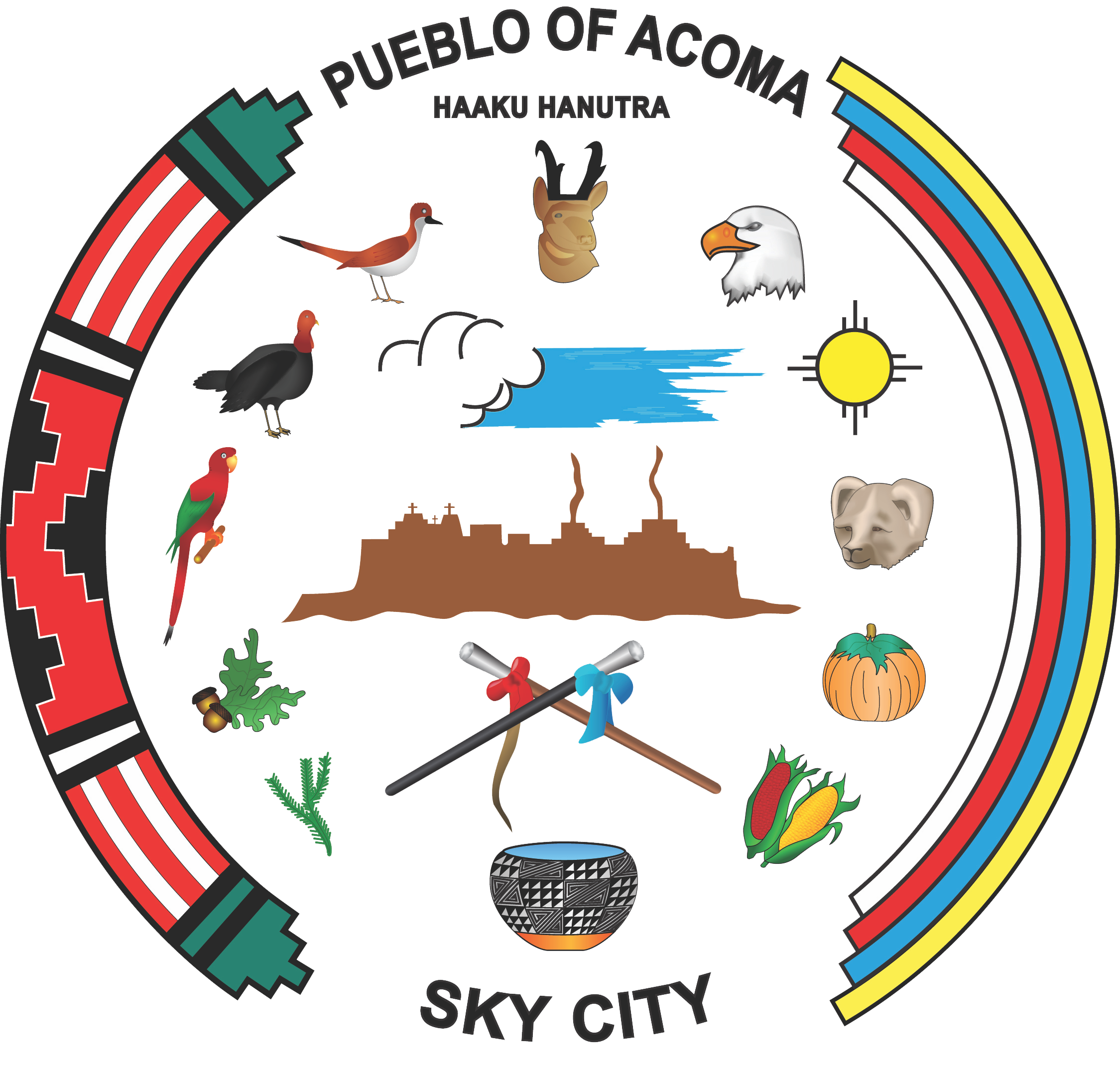Explore Section & Events
Cultural Preservation Efforts of Acoma
“Language is what gives us the means for the intimate relationship with the space, place, and ceremony that makes for understanding and celebrating our place in connection with all of creation.”
A Journey in Preservation
It has been foretold to the People, that there existed a place that was prepared for them, a place in which they would settle and call home, a place in which all that they needed would be provided for them. That place they called Haak’u.
The journey of the Acoma people did not end at the arrival of present day Acoma, it is a continuous journey, one that is being written by generations of Acoma people and their interaction with the world and environment around them. The struggle to preserve language and culture is a part of our collective journey. It does not come with a one-size fits all solution, but when discussed ignites deeply rooted feelings and emotions, that when harnessed can lead to ideas and then to actions. This is a part of that story…
According to nationwide statistics, only 175 native languages remained spoken in 1995, 90 percent of those were classified as moribund, meaning fewer and fewer children were learning them. It is projected that by 2025, only 20 native languages will still be spoken in the United States. Faced with that prospect, a group of concerned and committed Acoma tribal members sought to address the increasing loss of language of the Acoma people. In 1997, their initial efforts which included community outreach, surveys, research and documentation, showed that there was a marked shift in language use among Acoma people. In very few instances were children learning Acoma Keres as a first language, due to many factors including the influx of Western influences, English had replaced Keres as the primary language. Armed with this information, the Pueblo of Acoma Tribal Council and Tribal Administration worked to establish the Acoma Language Retention Program in 1999.
At the same time, hand in hand with language loss was the increasing loss of Acoma’s rich history, traditions and culture. In the same year, the Pueblo of Acoma established the Acoma Historic Preservation Office. Charged with protecting the cultural and historical resources of the Pueblo, the Historic Preservation Office sought to promote and preserve traditional skills and art forms including traditional building methods, stone cutting, wood carving, pottery making, and weaving. In addition, the office sought to identify pieces of Acoma’s history that remained in repositories and curation facilities across the country in the hopes of renewing an interest in the Pueblo’s rich past.
By the establishment of these offices the Pueblo of Acoma has made preservation of language, culture and history a top priority for all tribal members, especially the youth.
Through their various projects and collaborations with other programs, both programs seek to inspire other to preserve and protect our Acoma language and culture. It is through our collective efforts that we will ensure the culture, traditions, and language of our people will continue for future generations to come.
